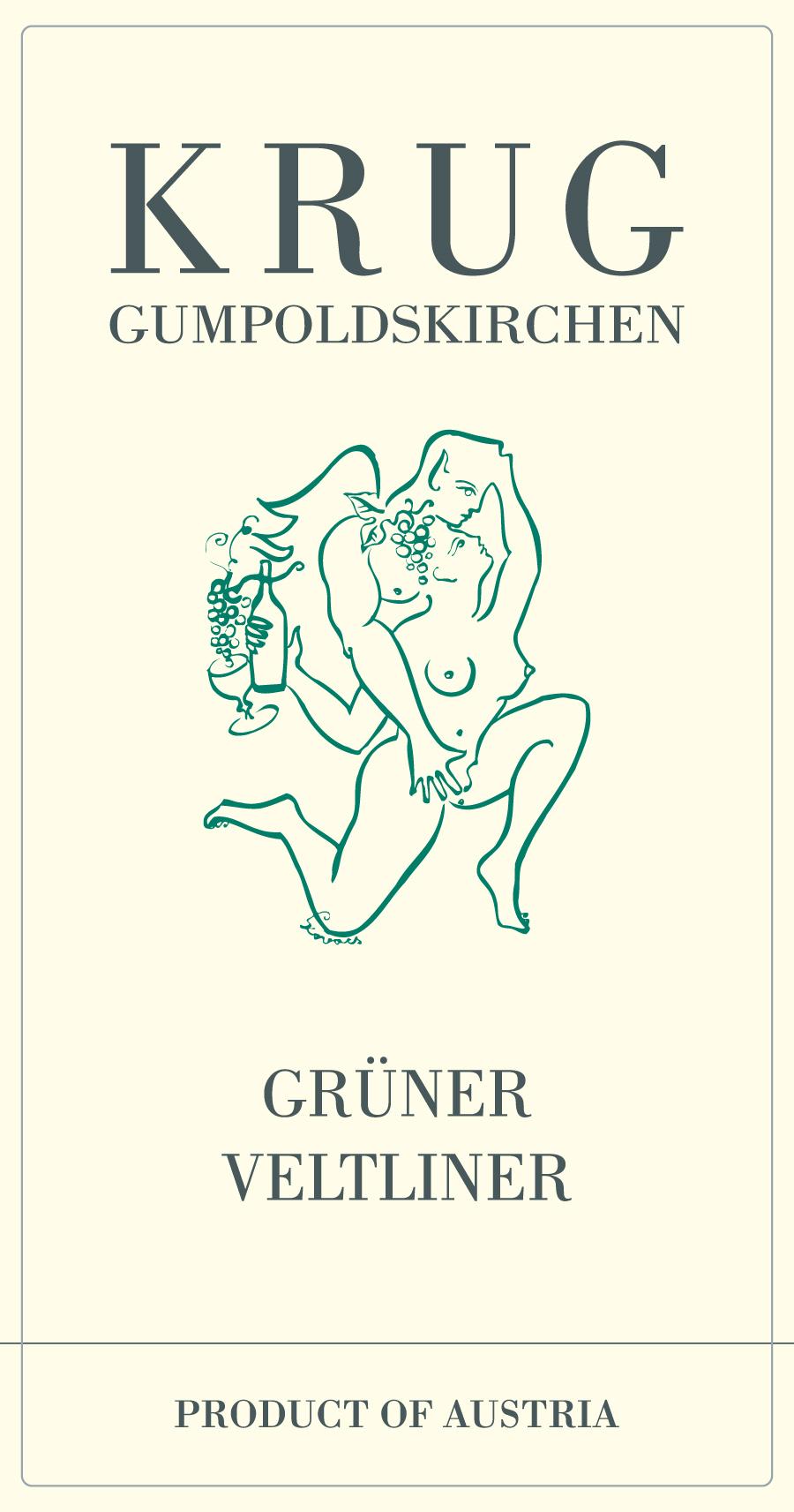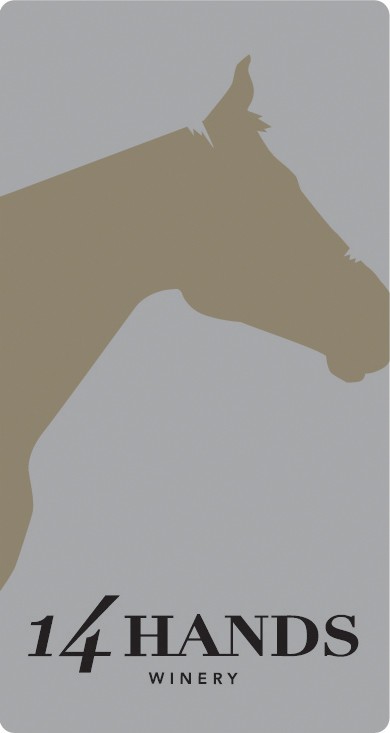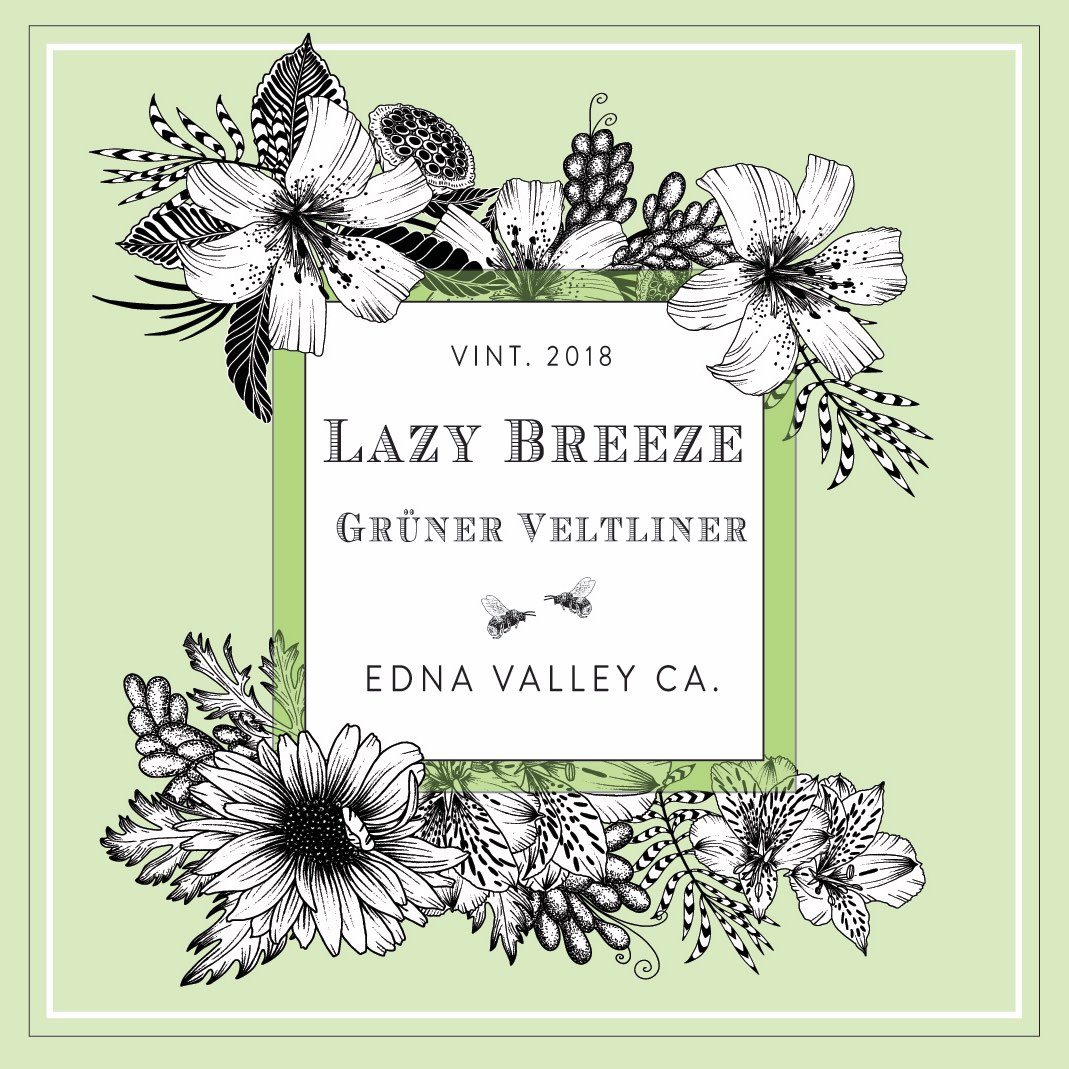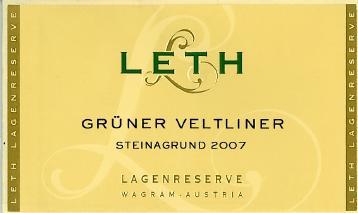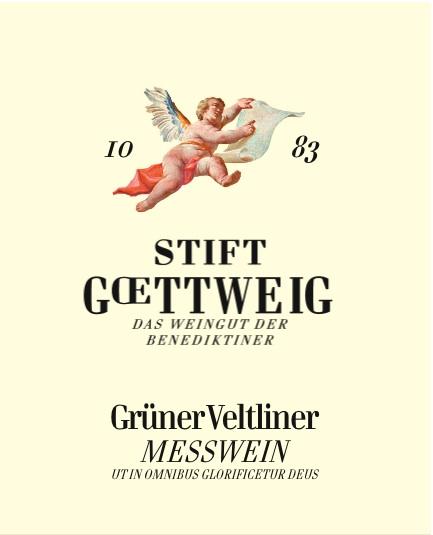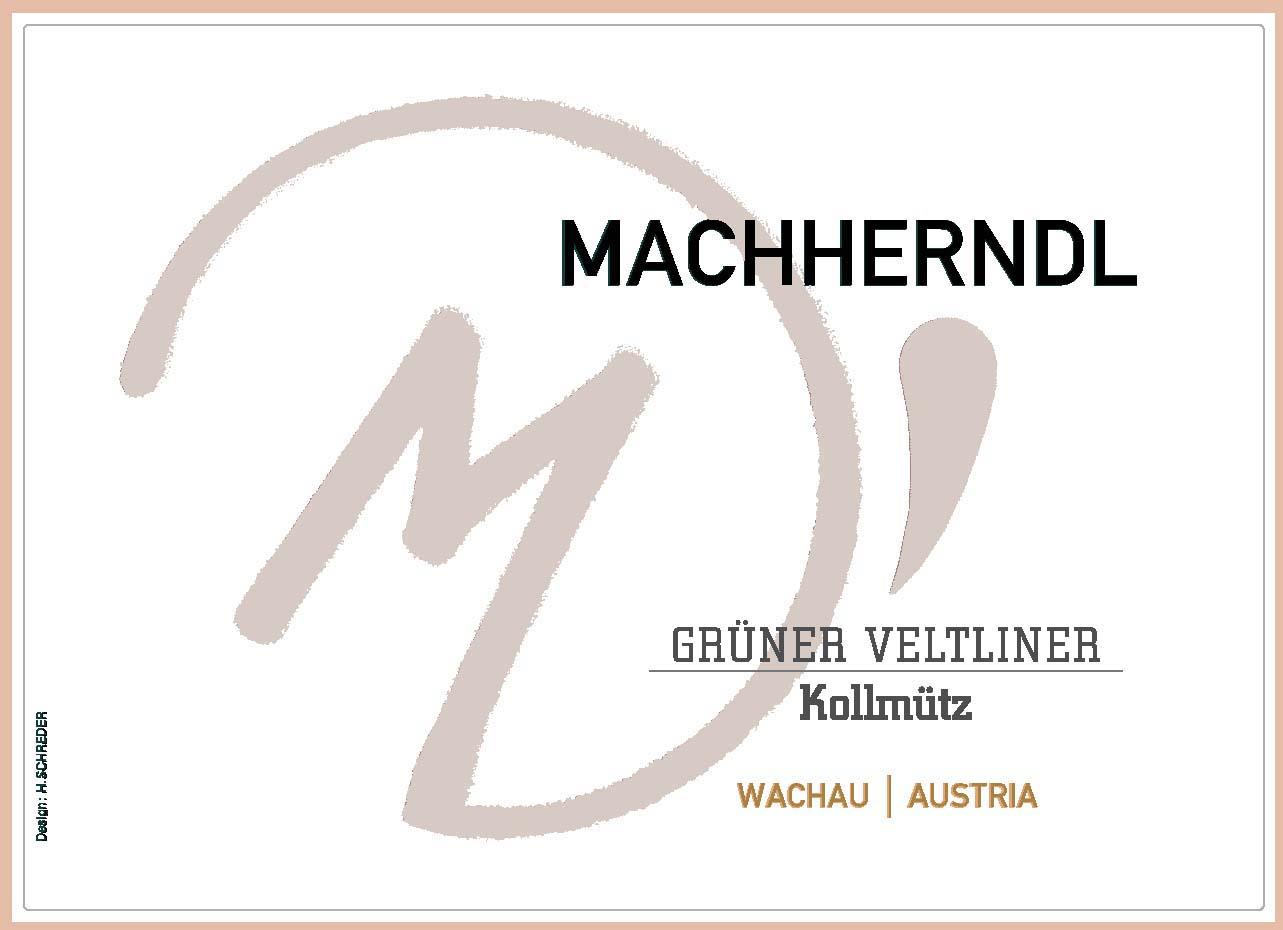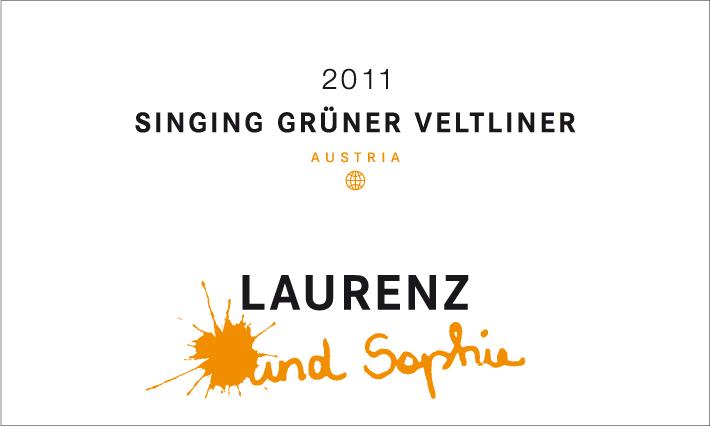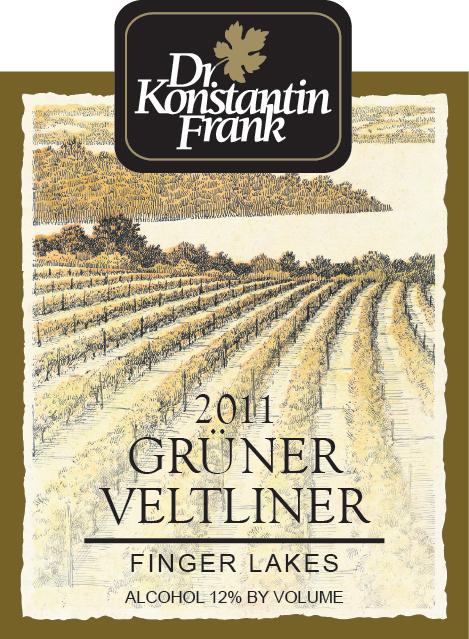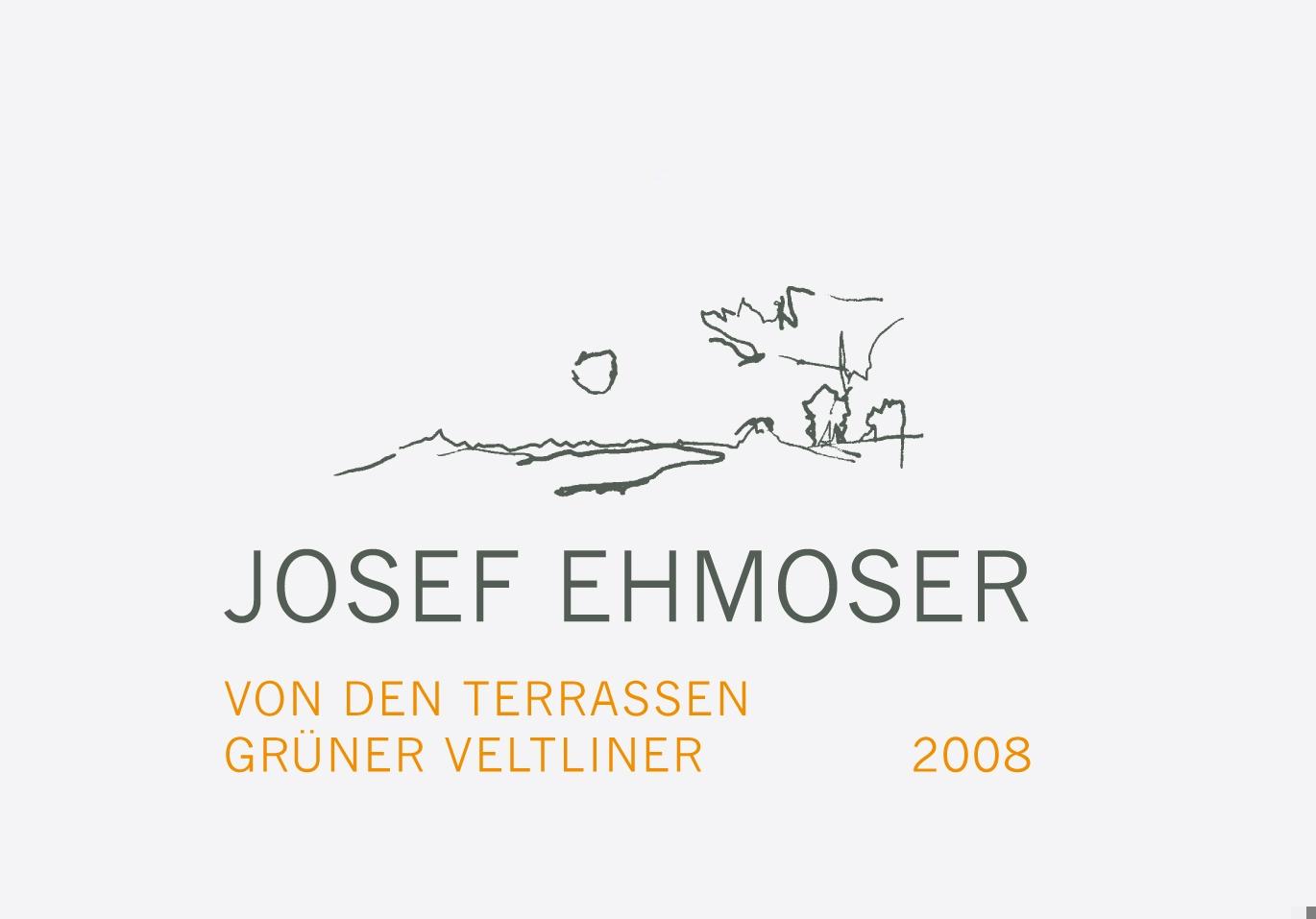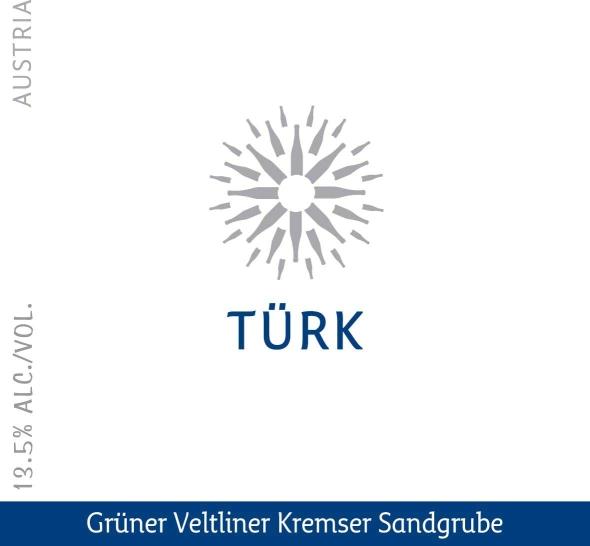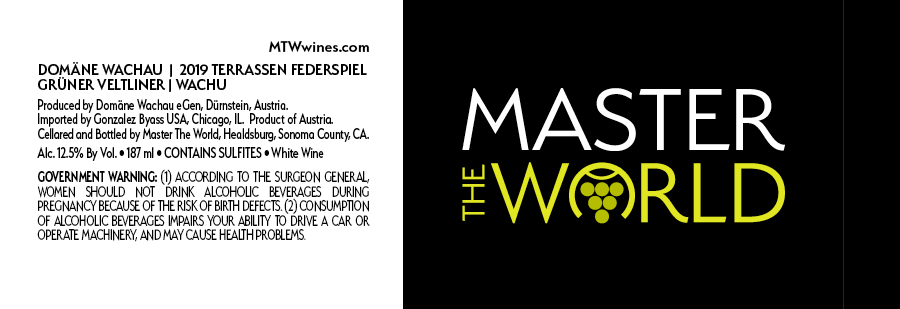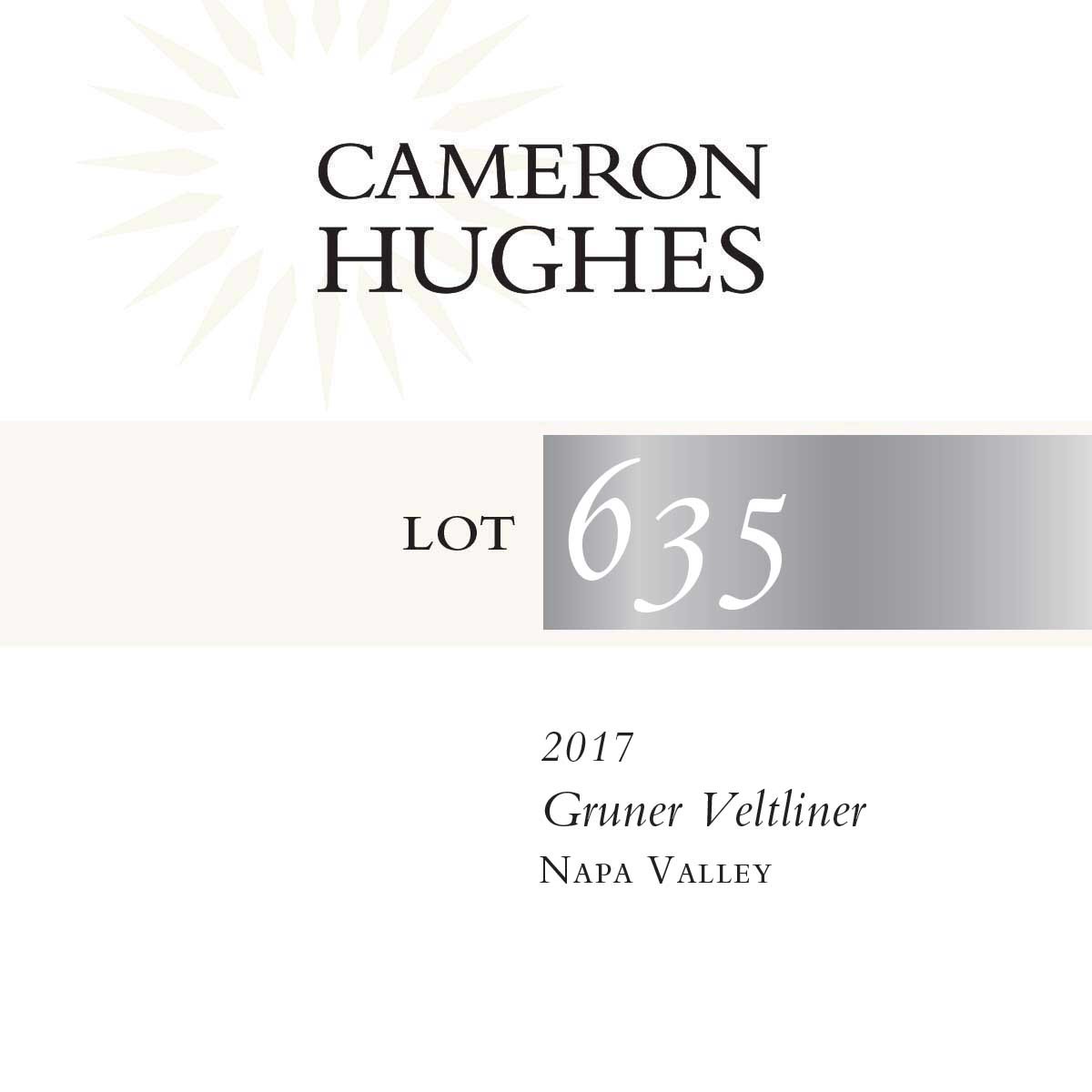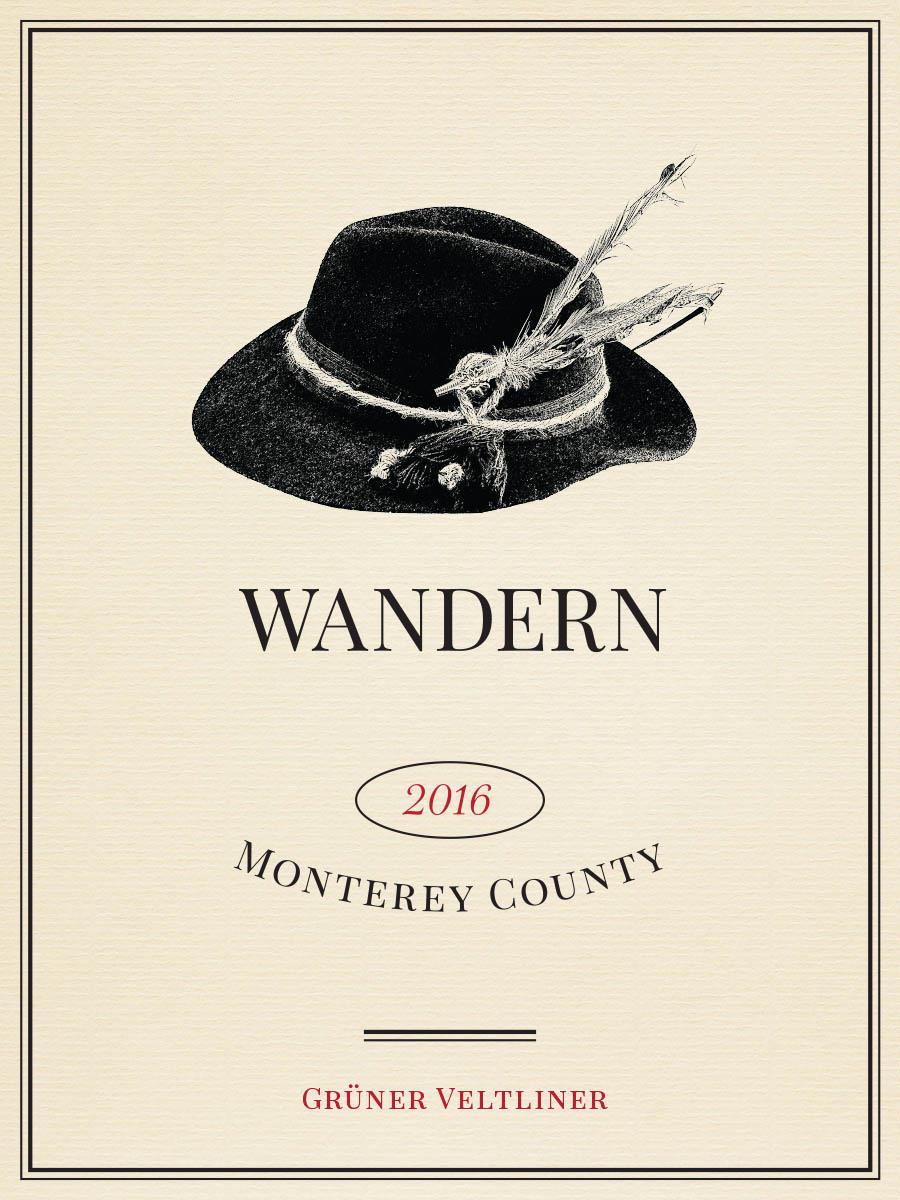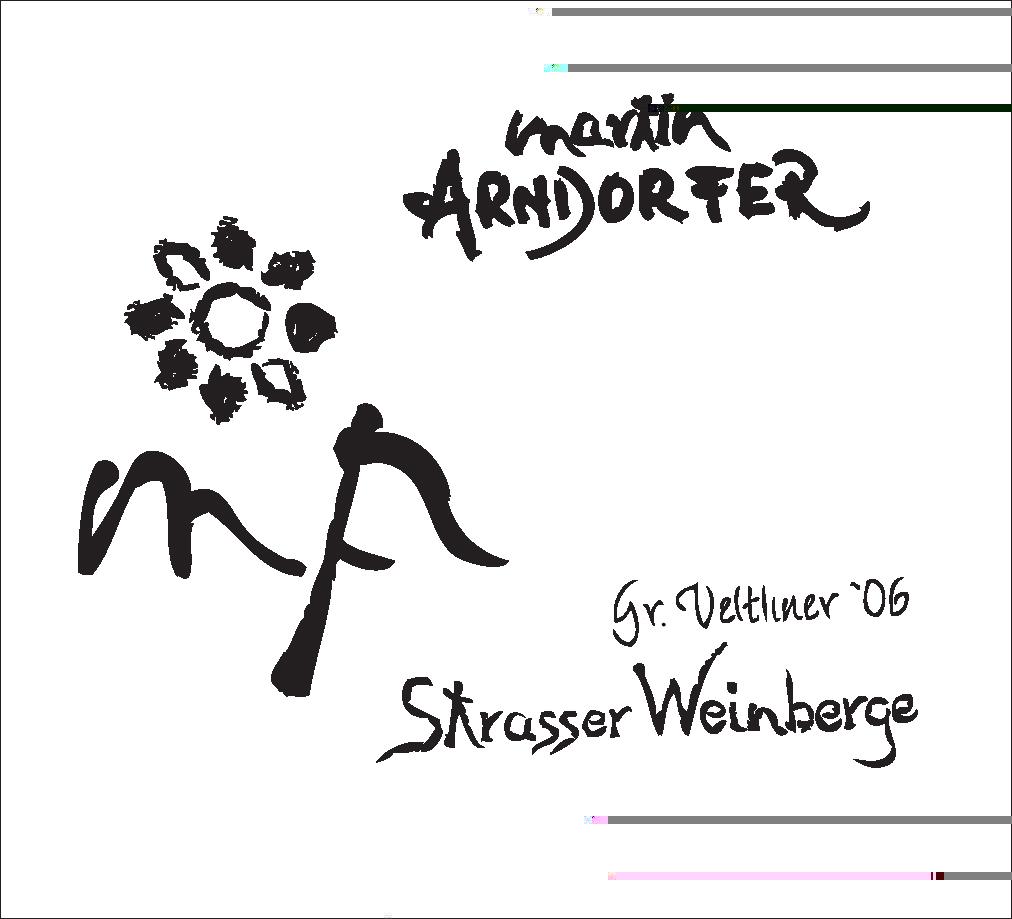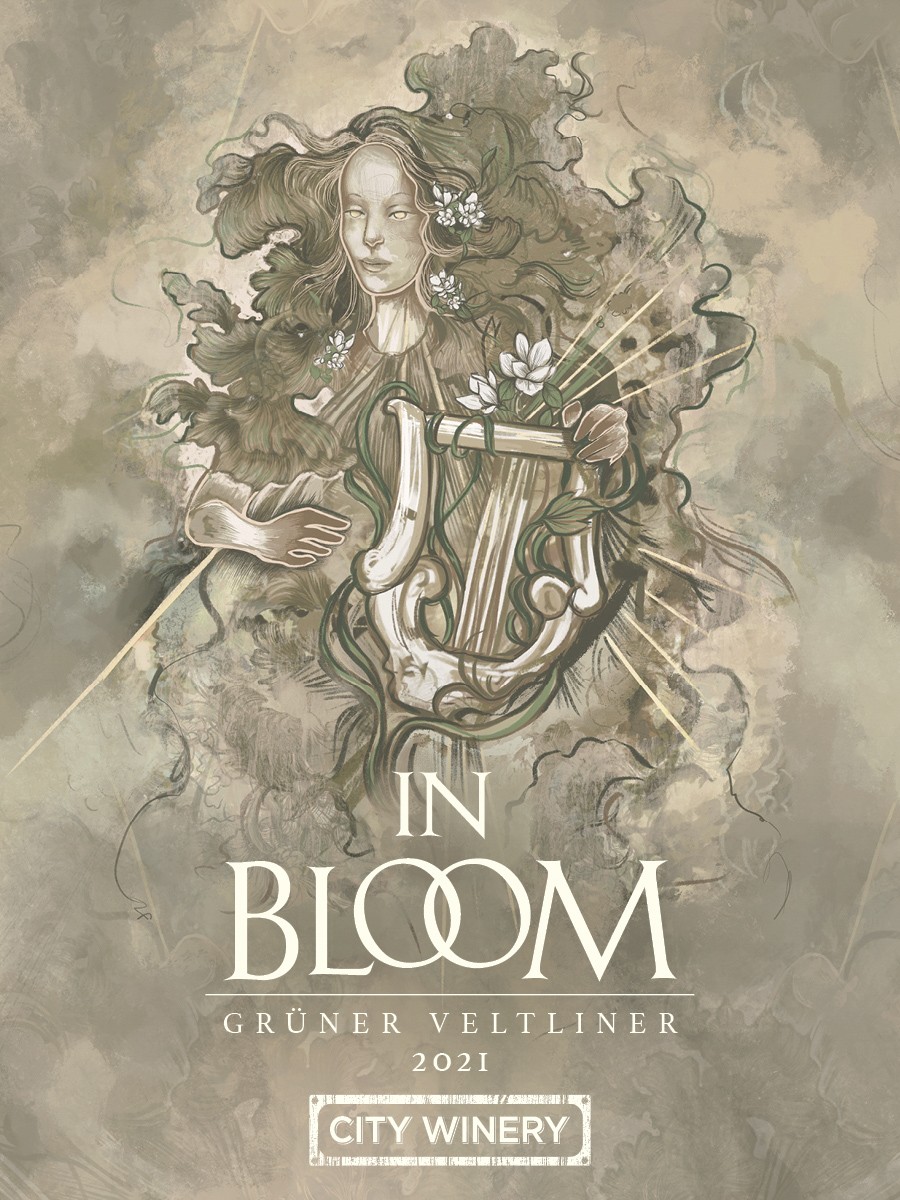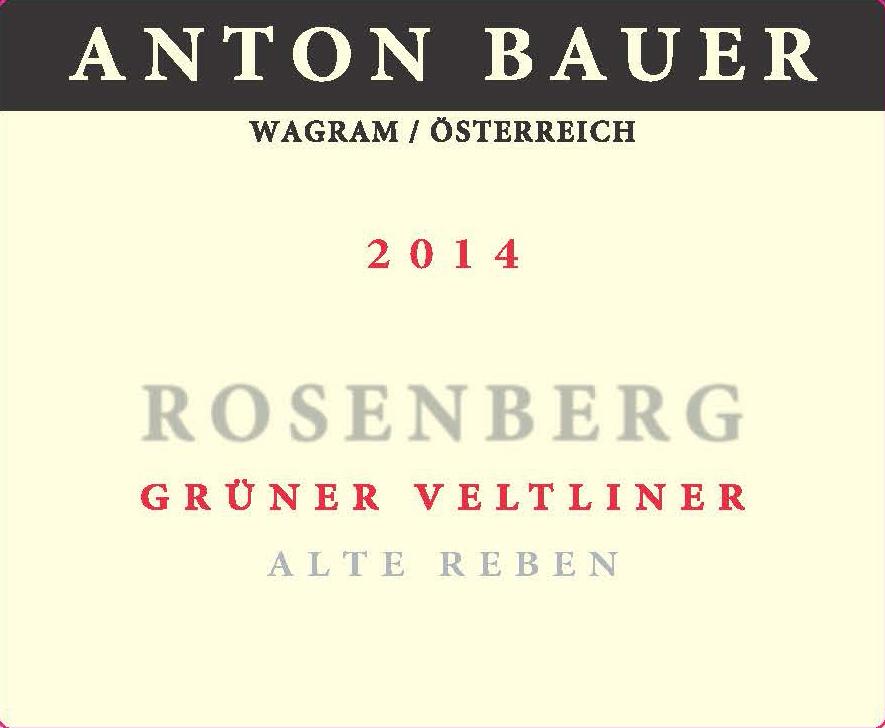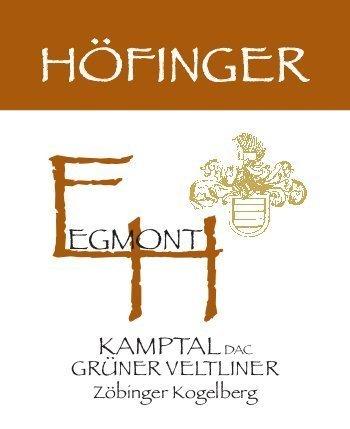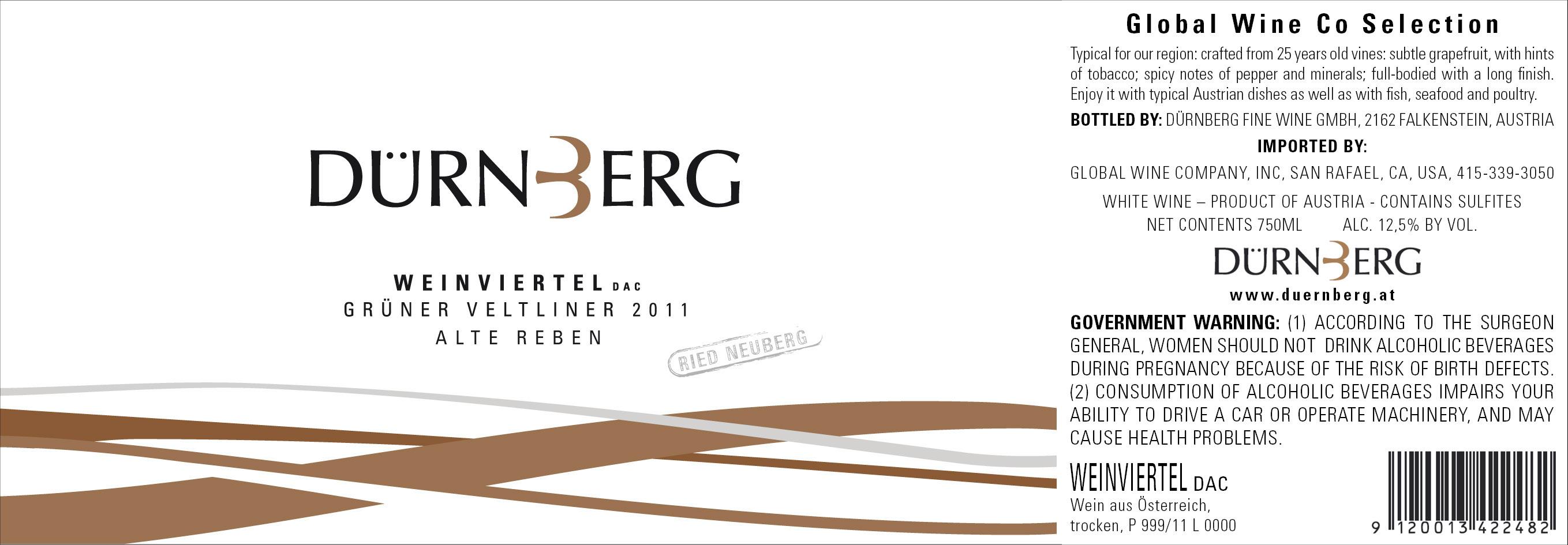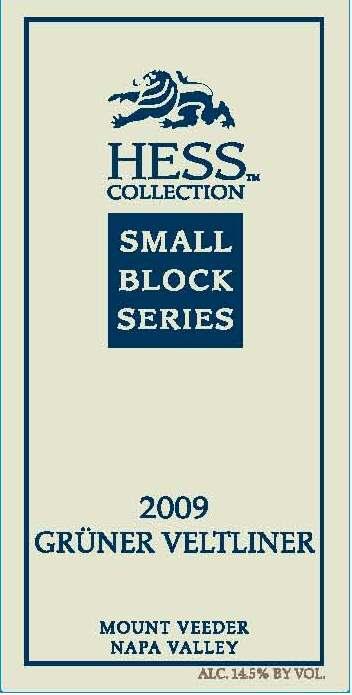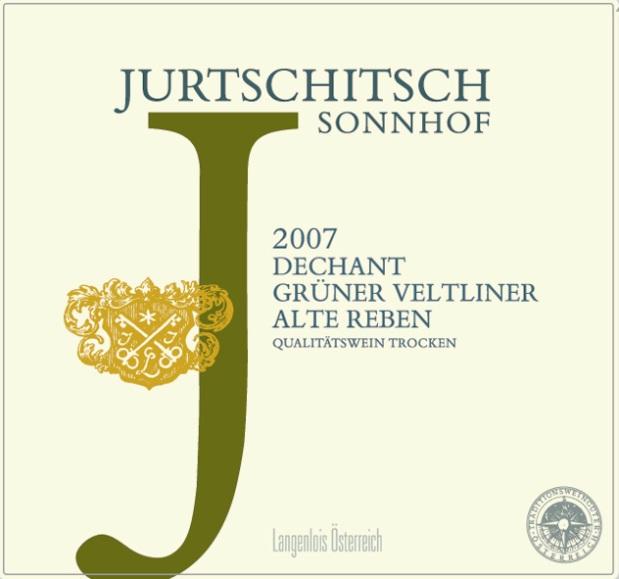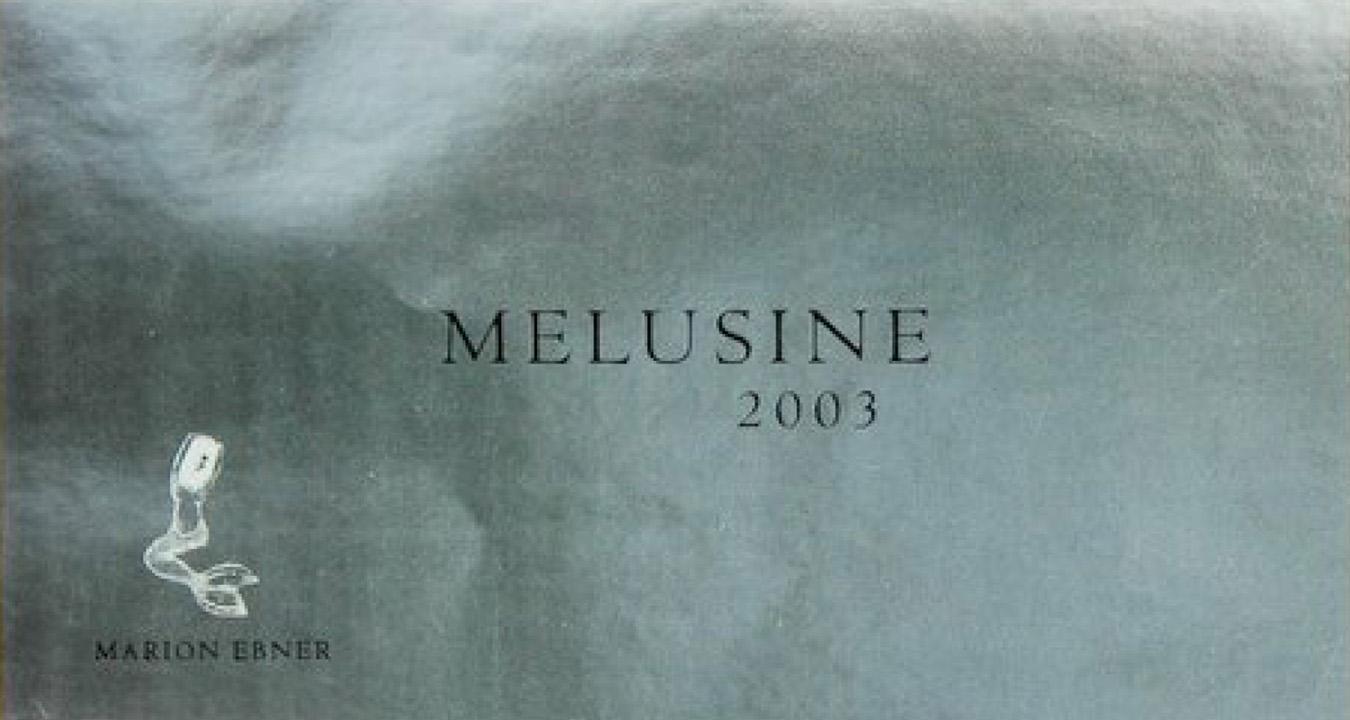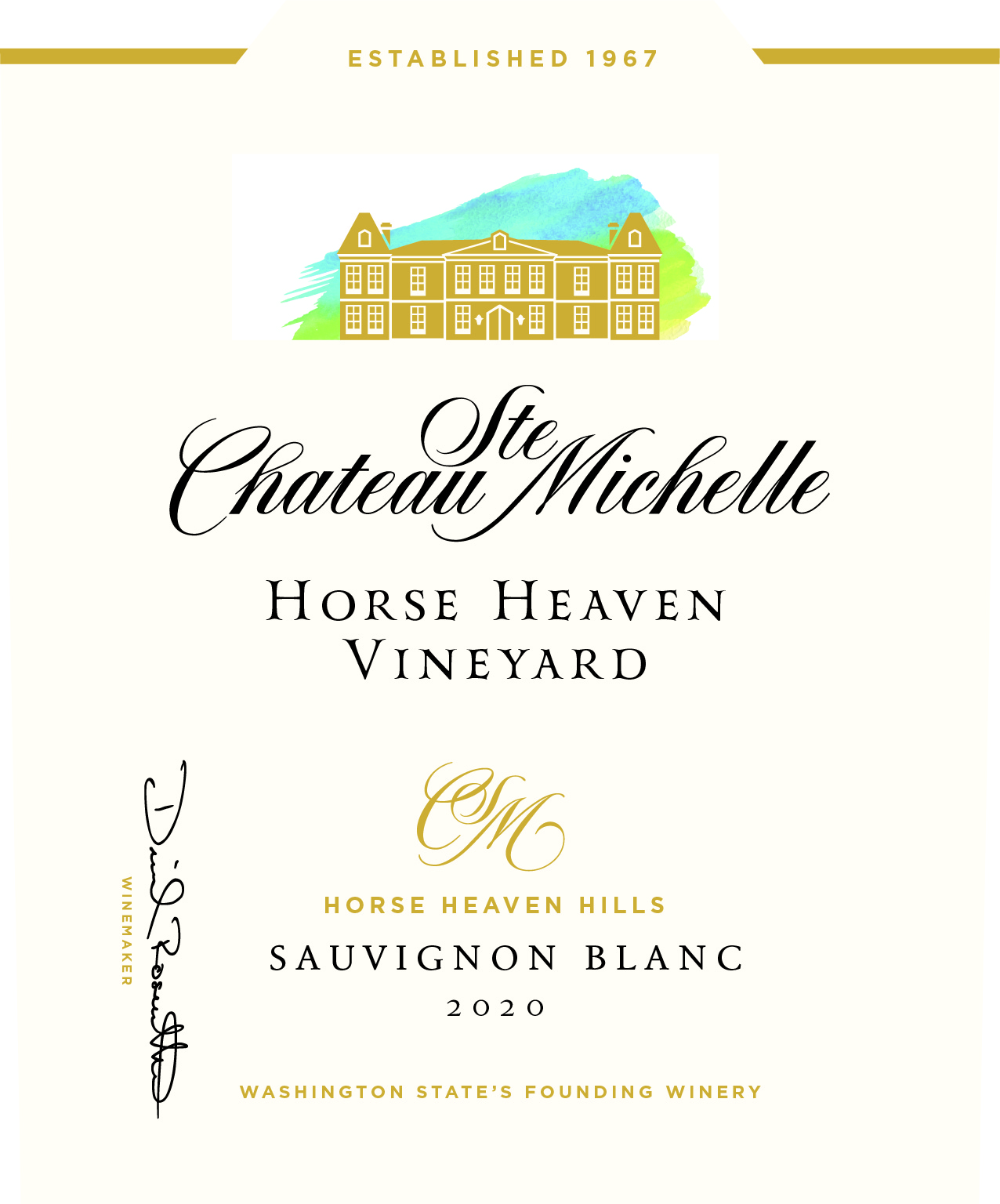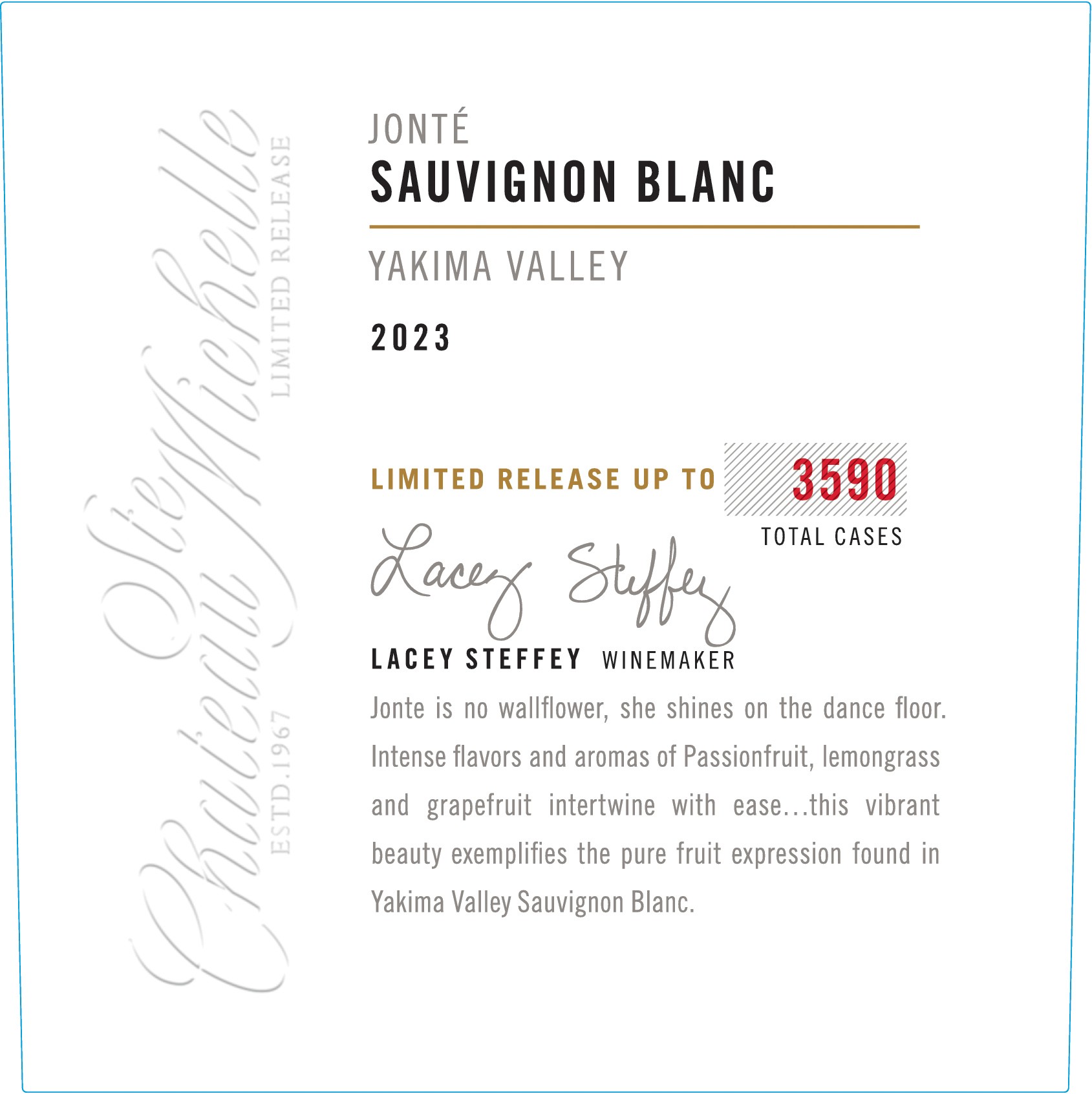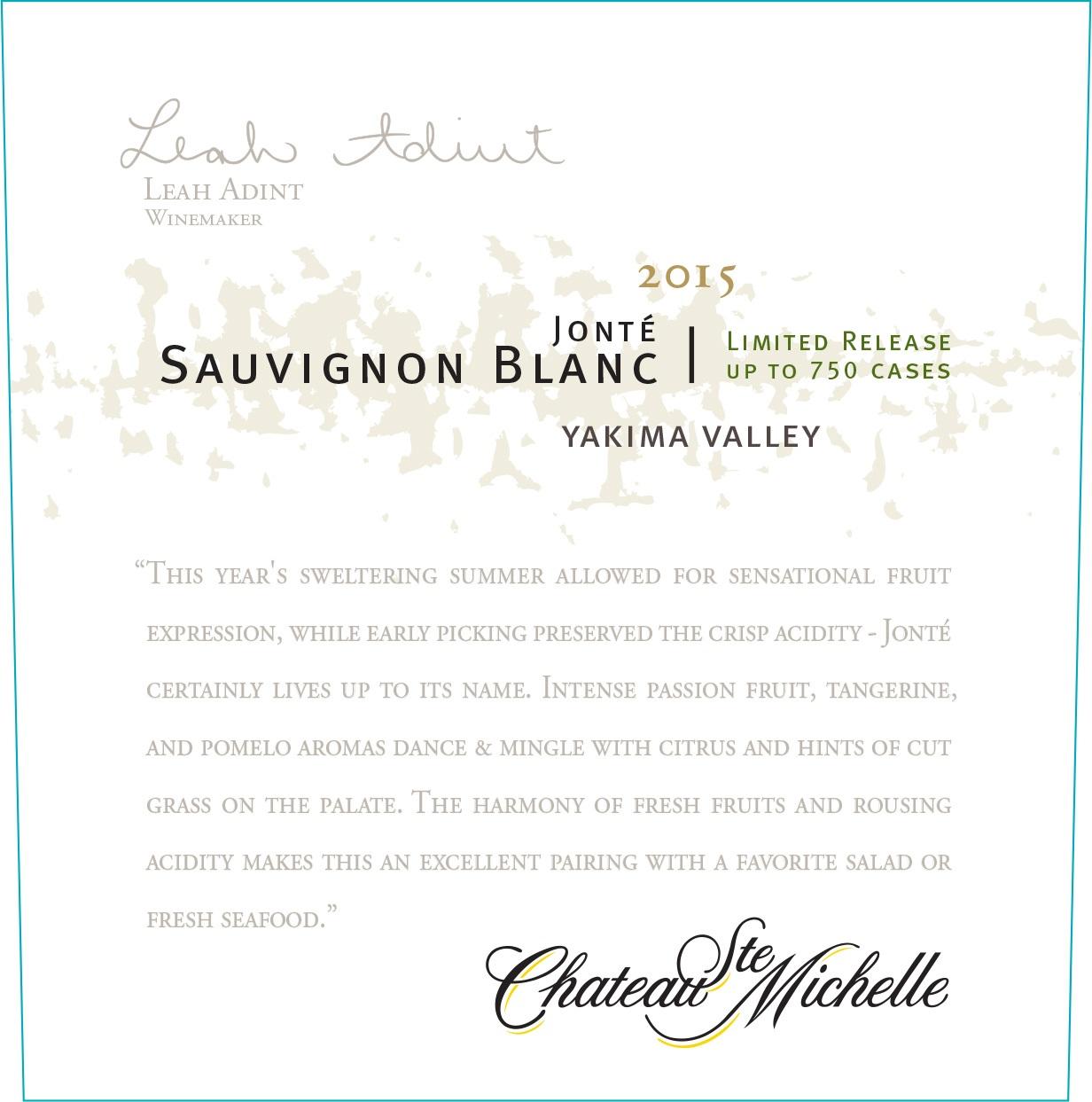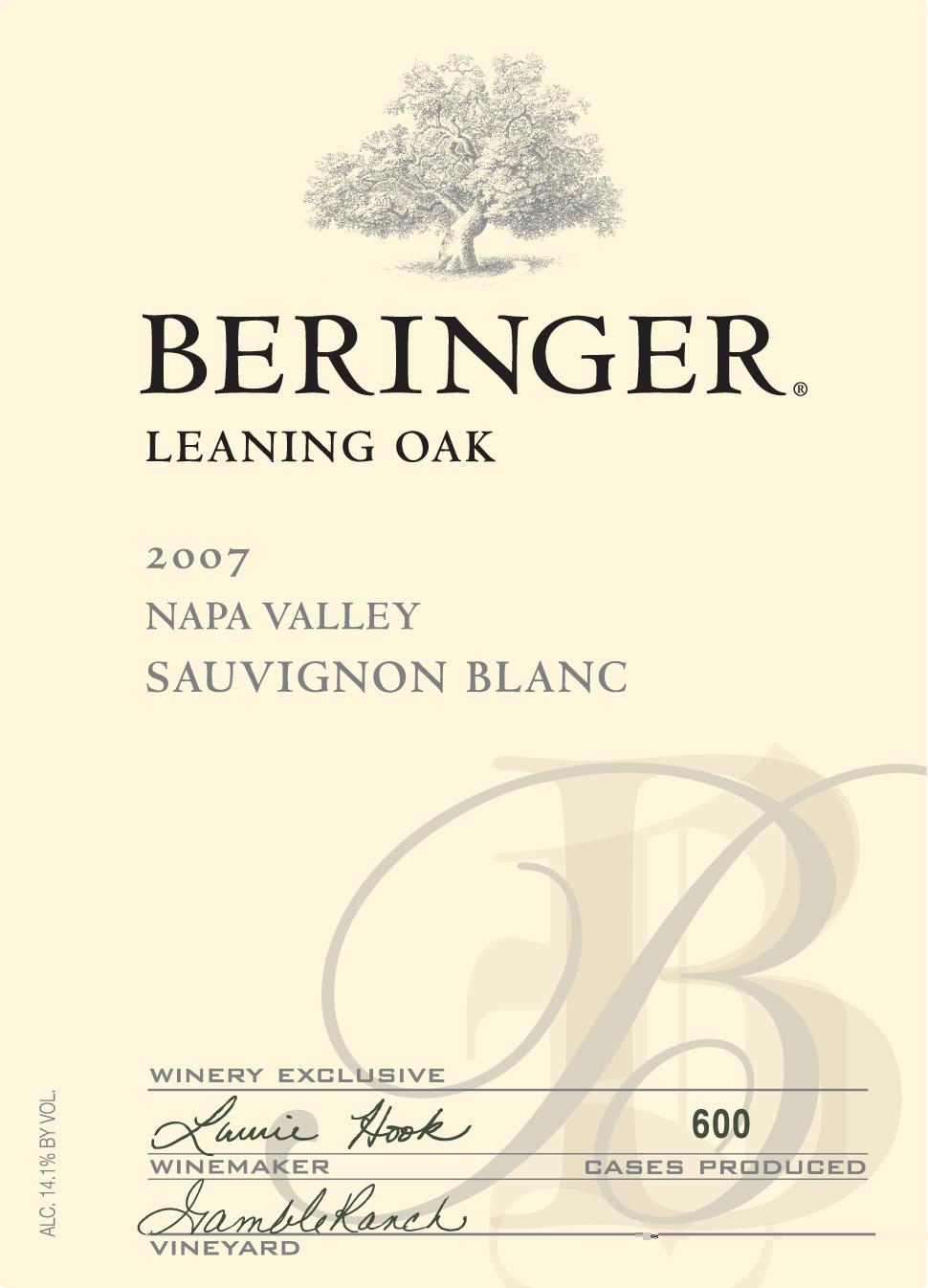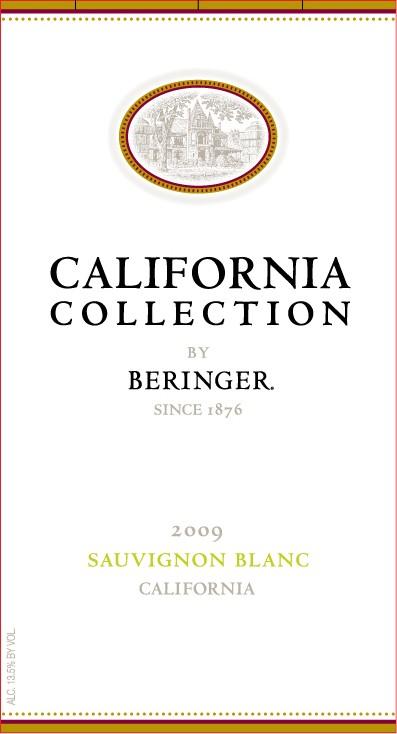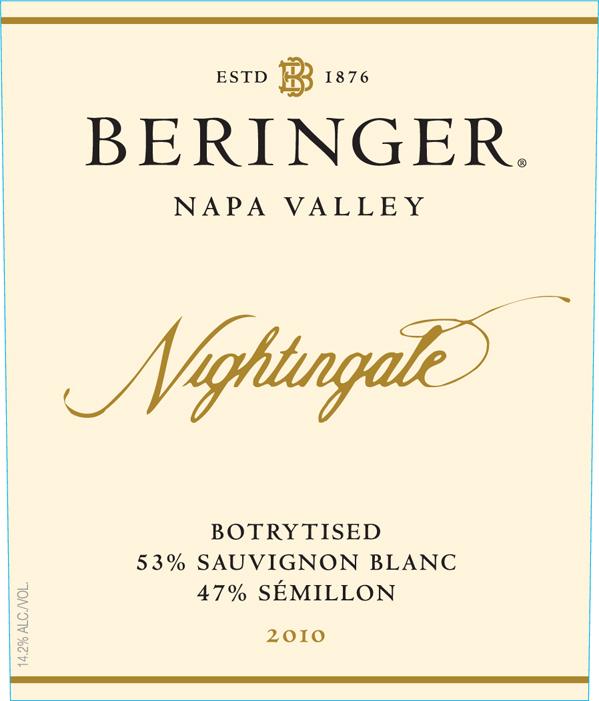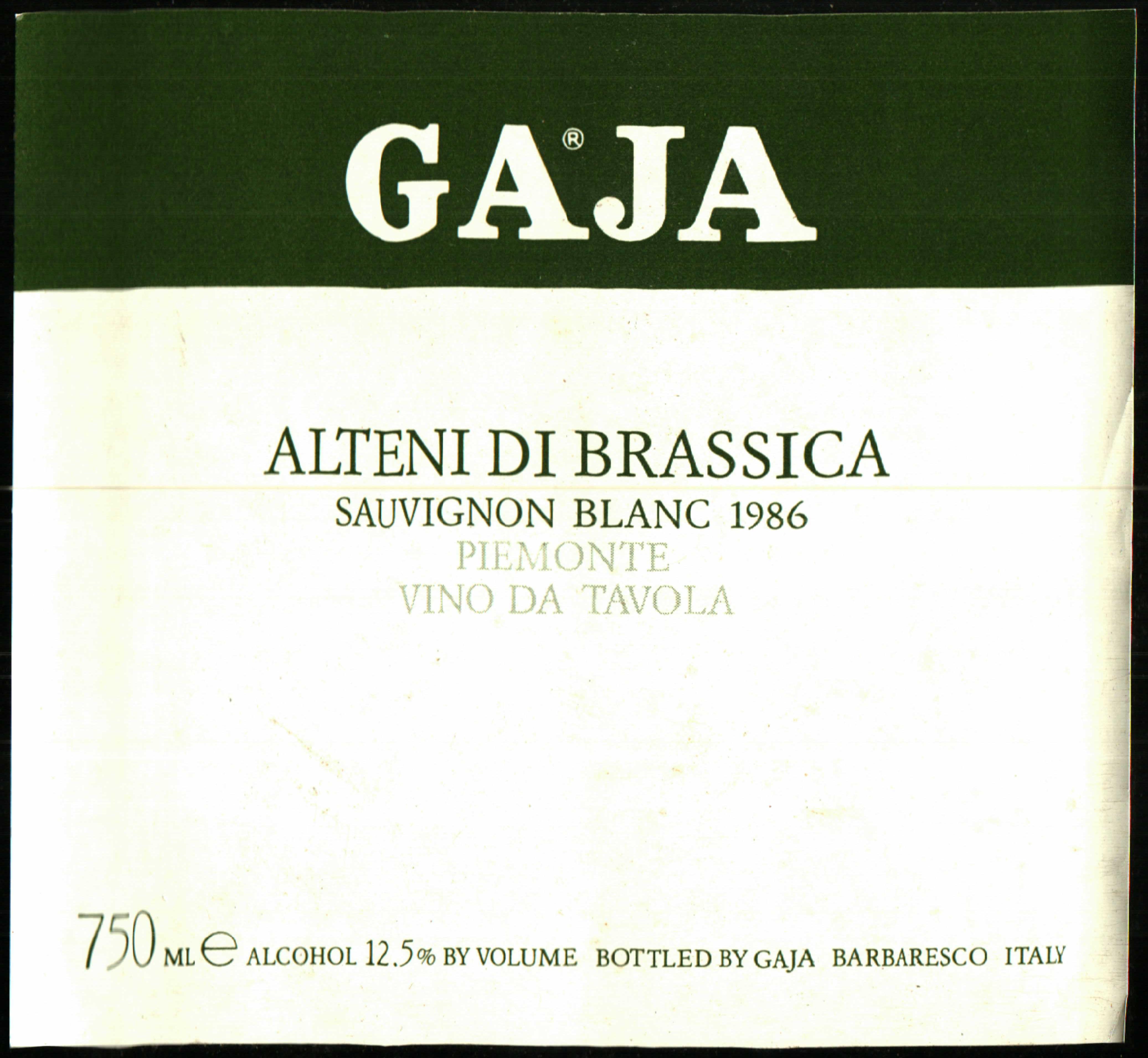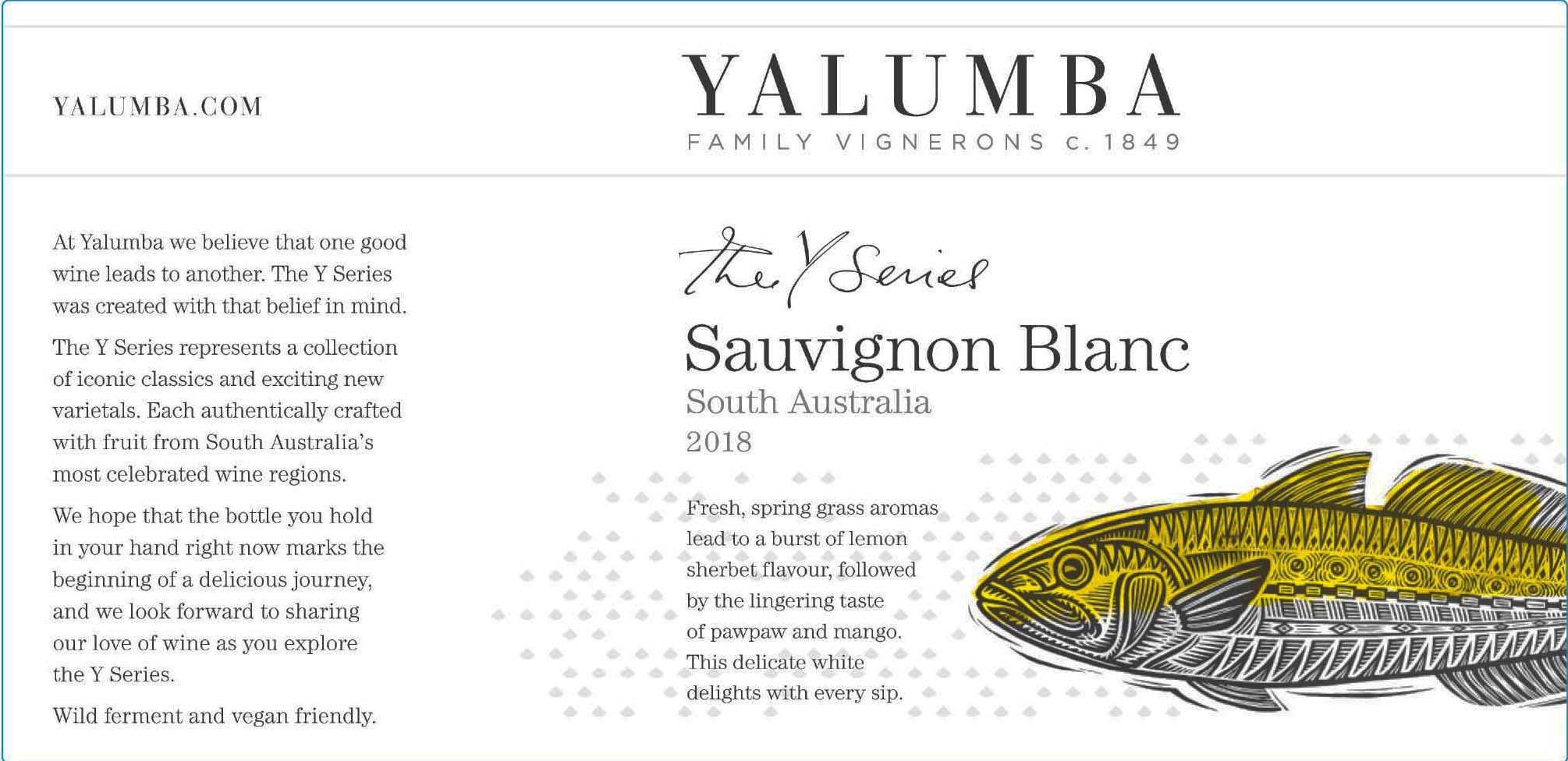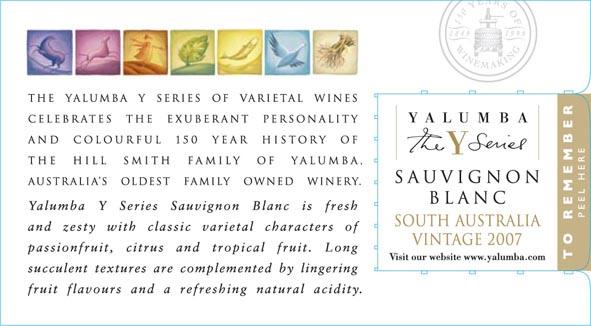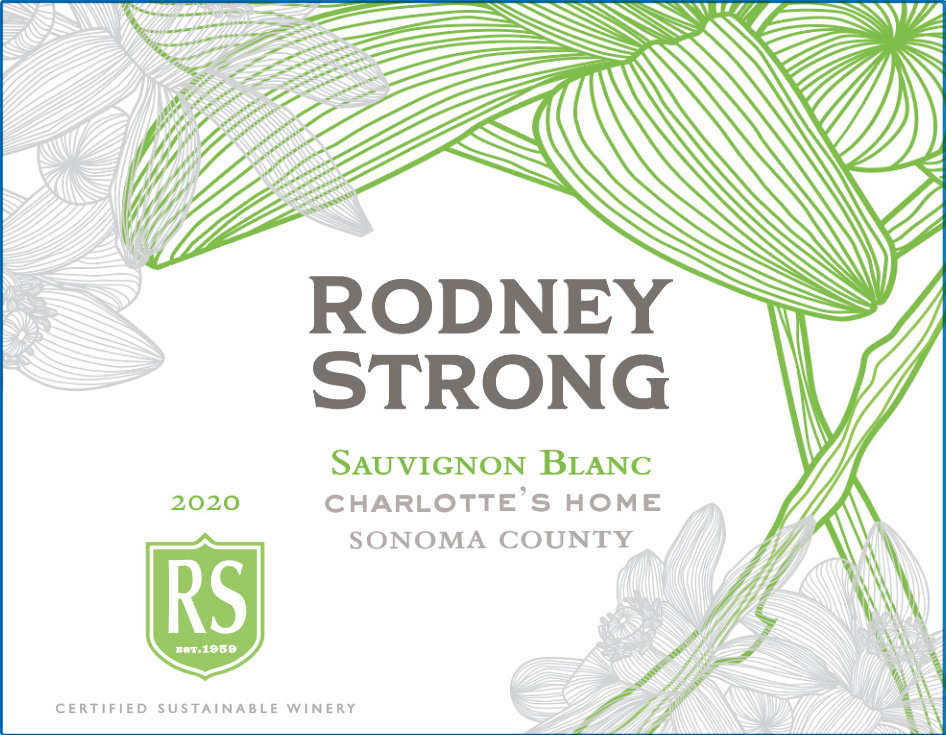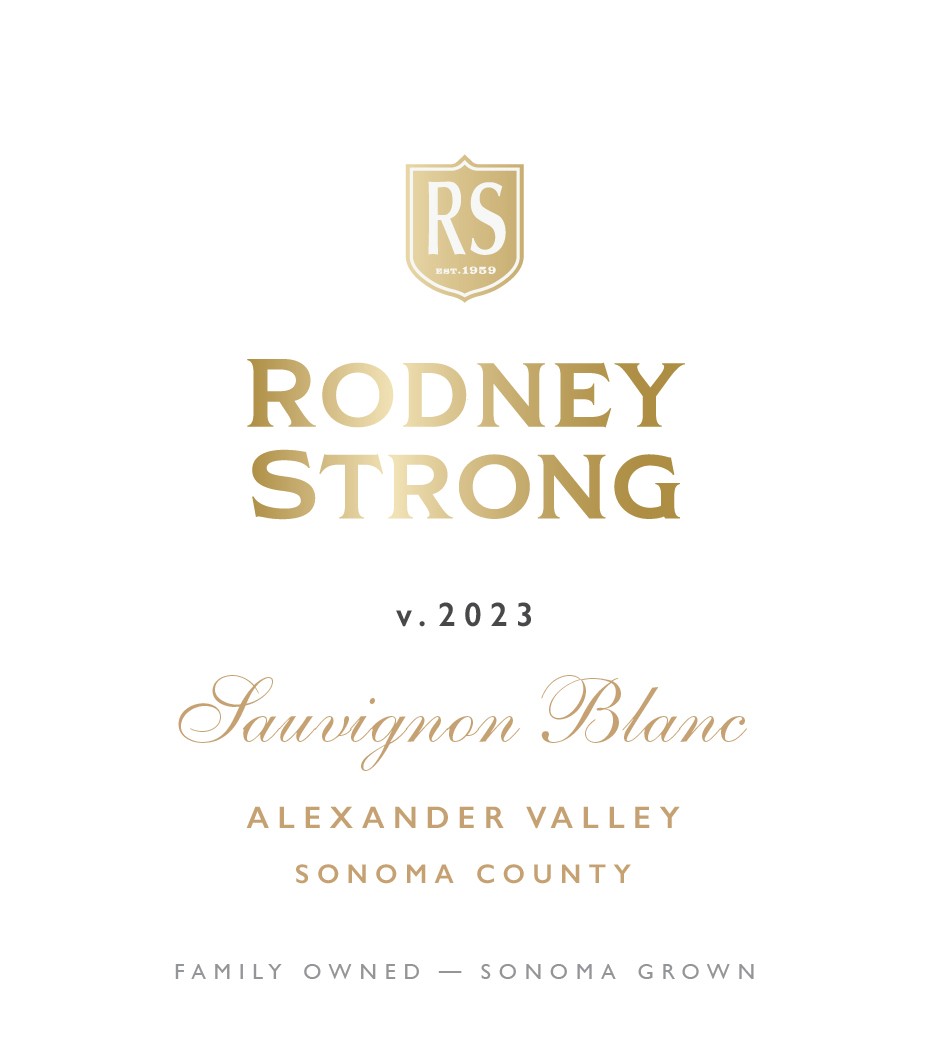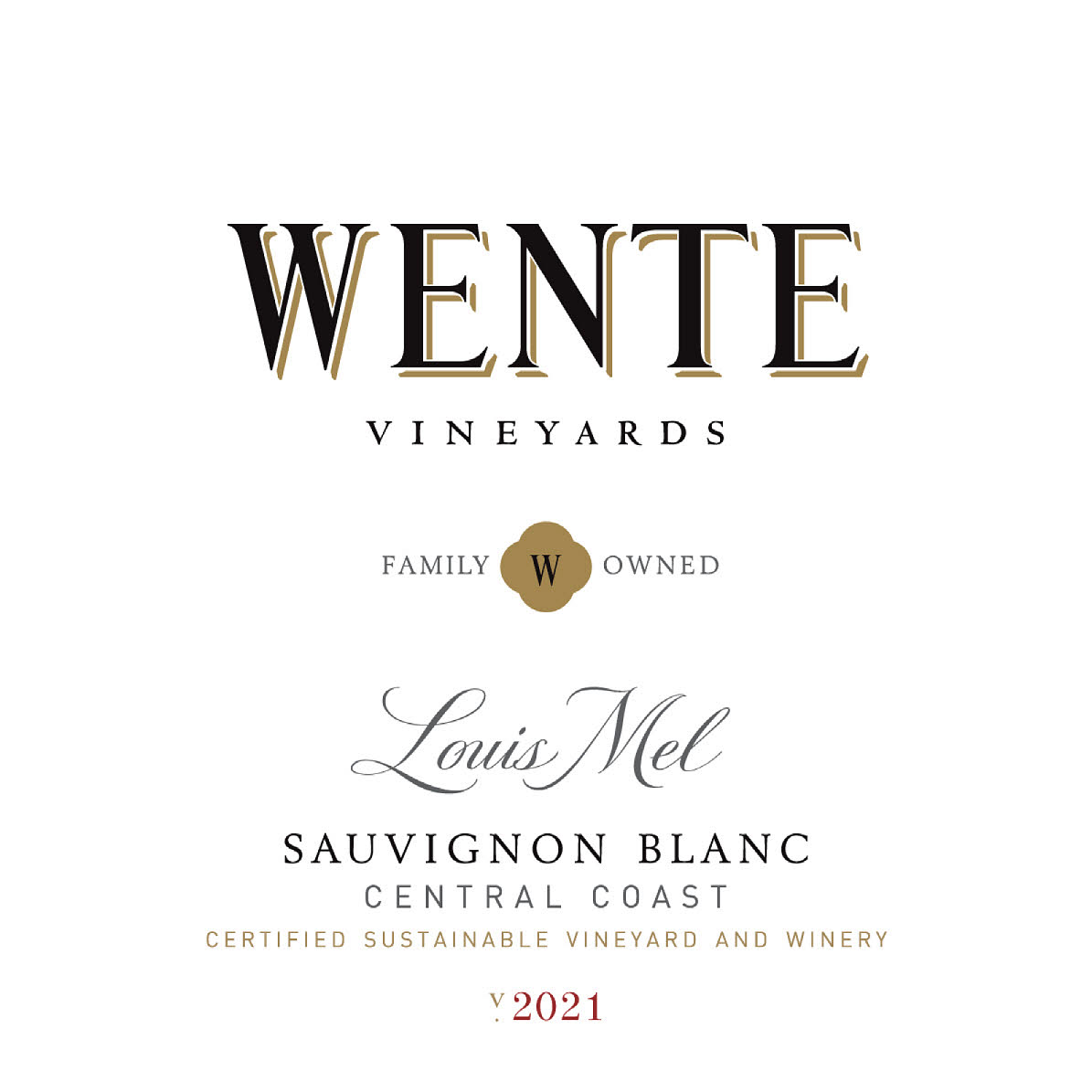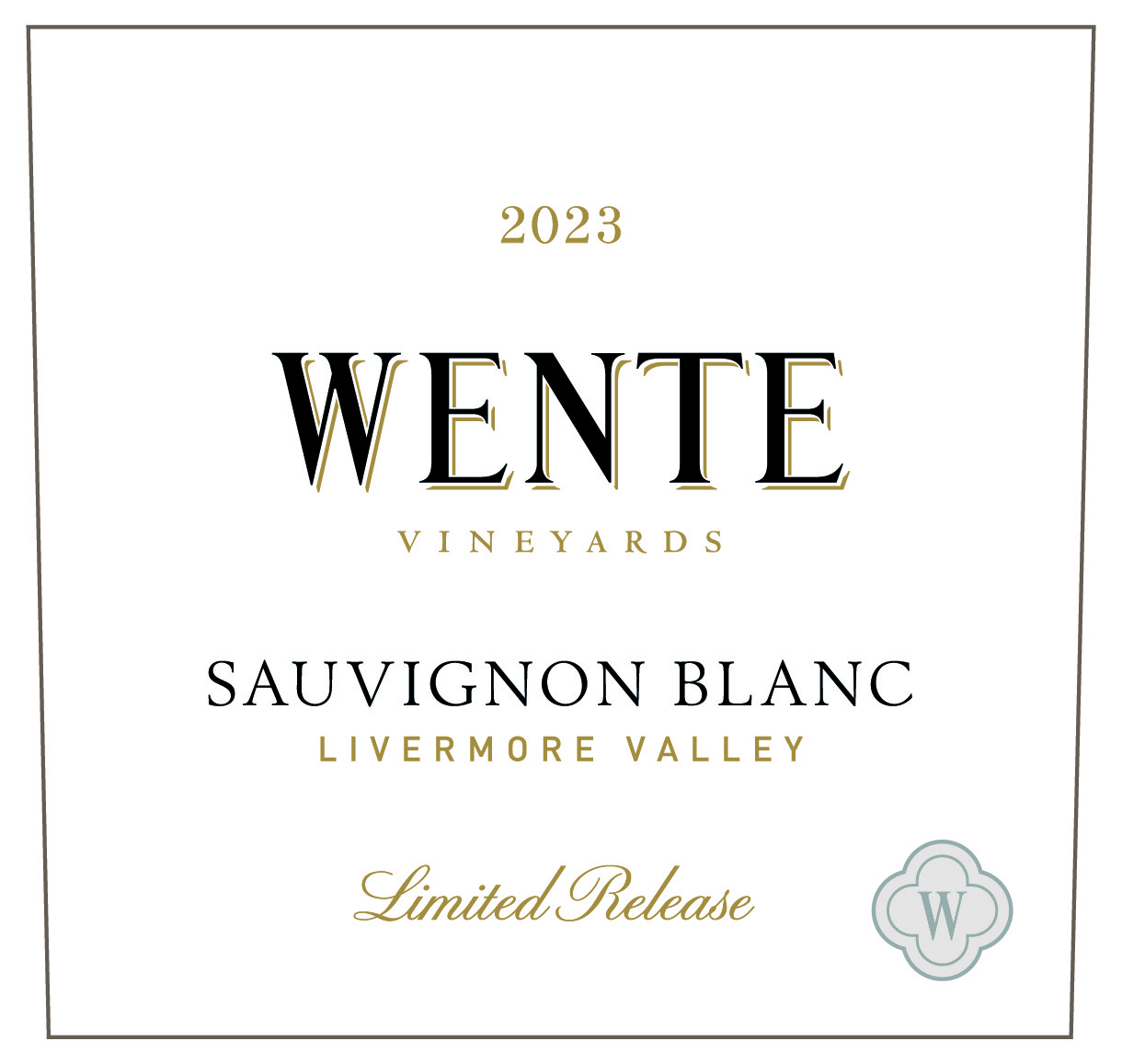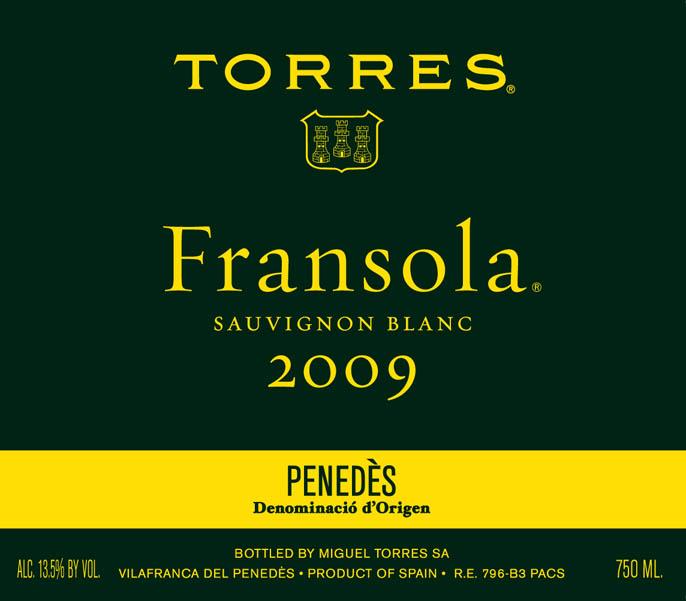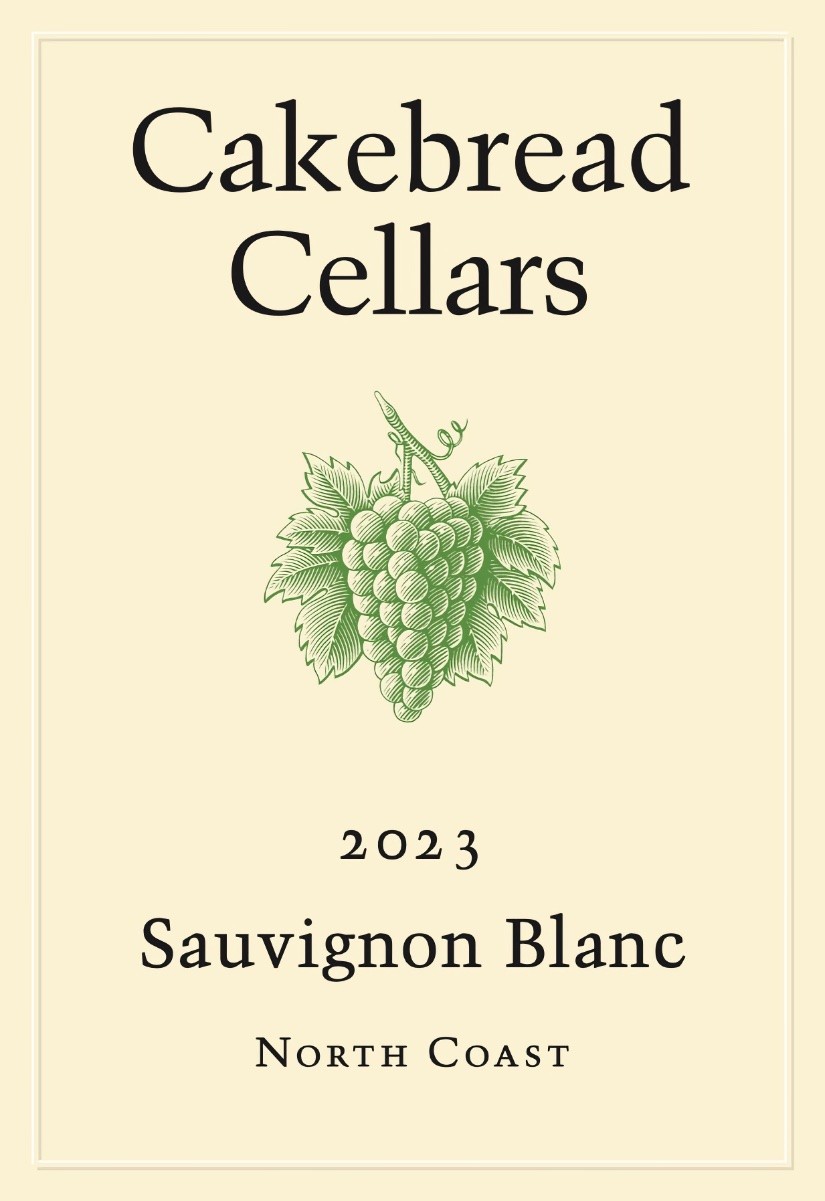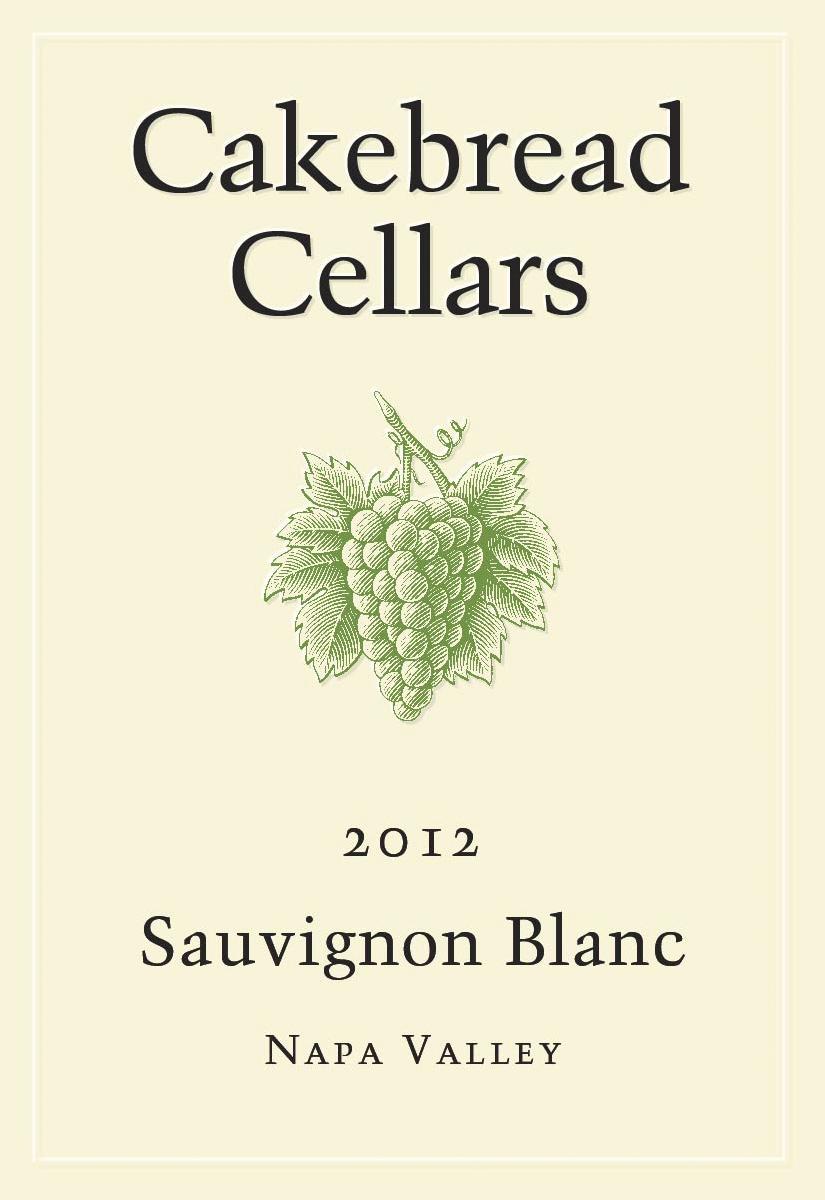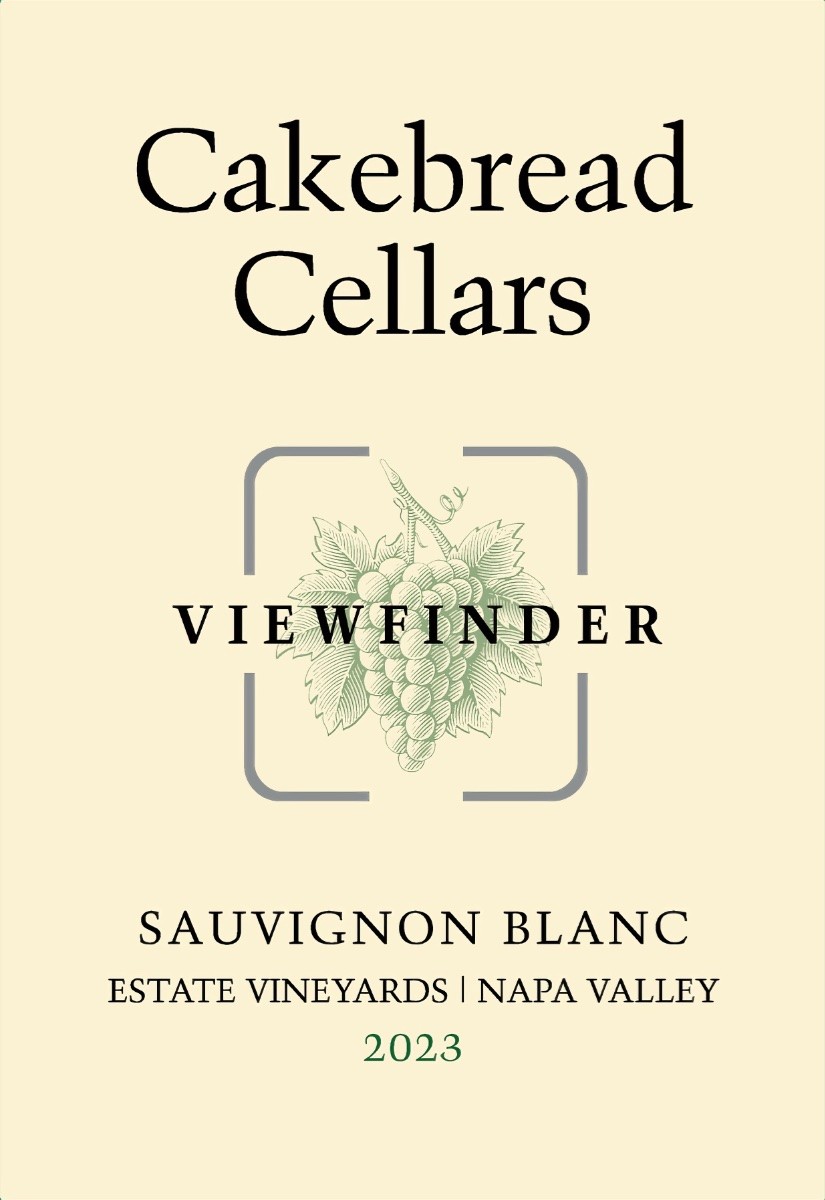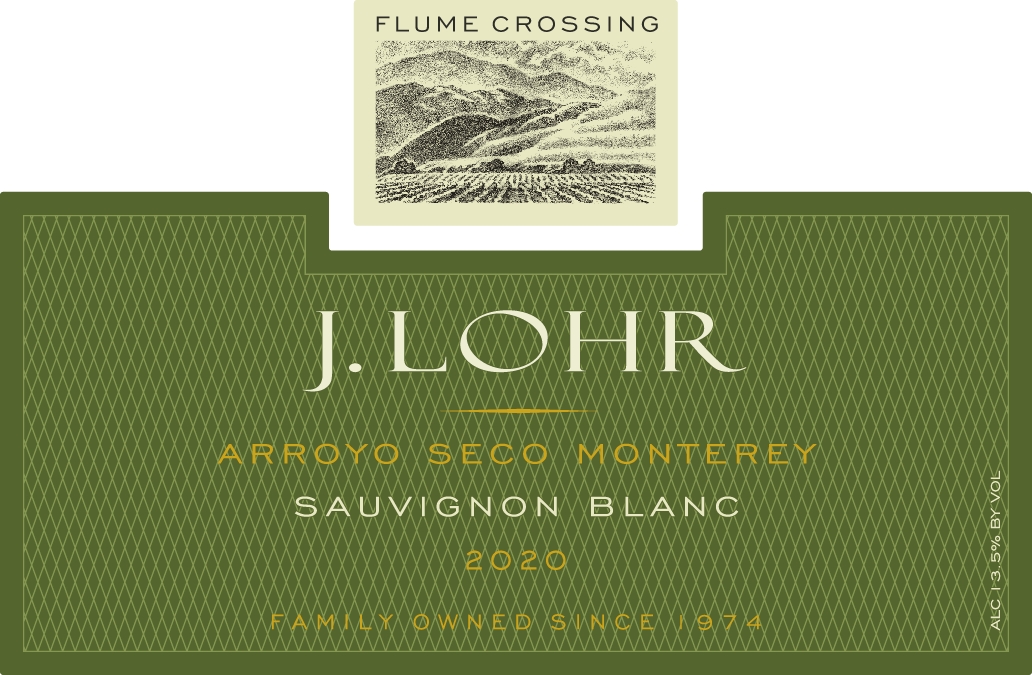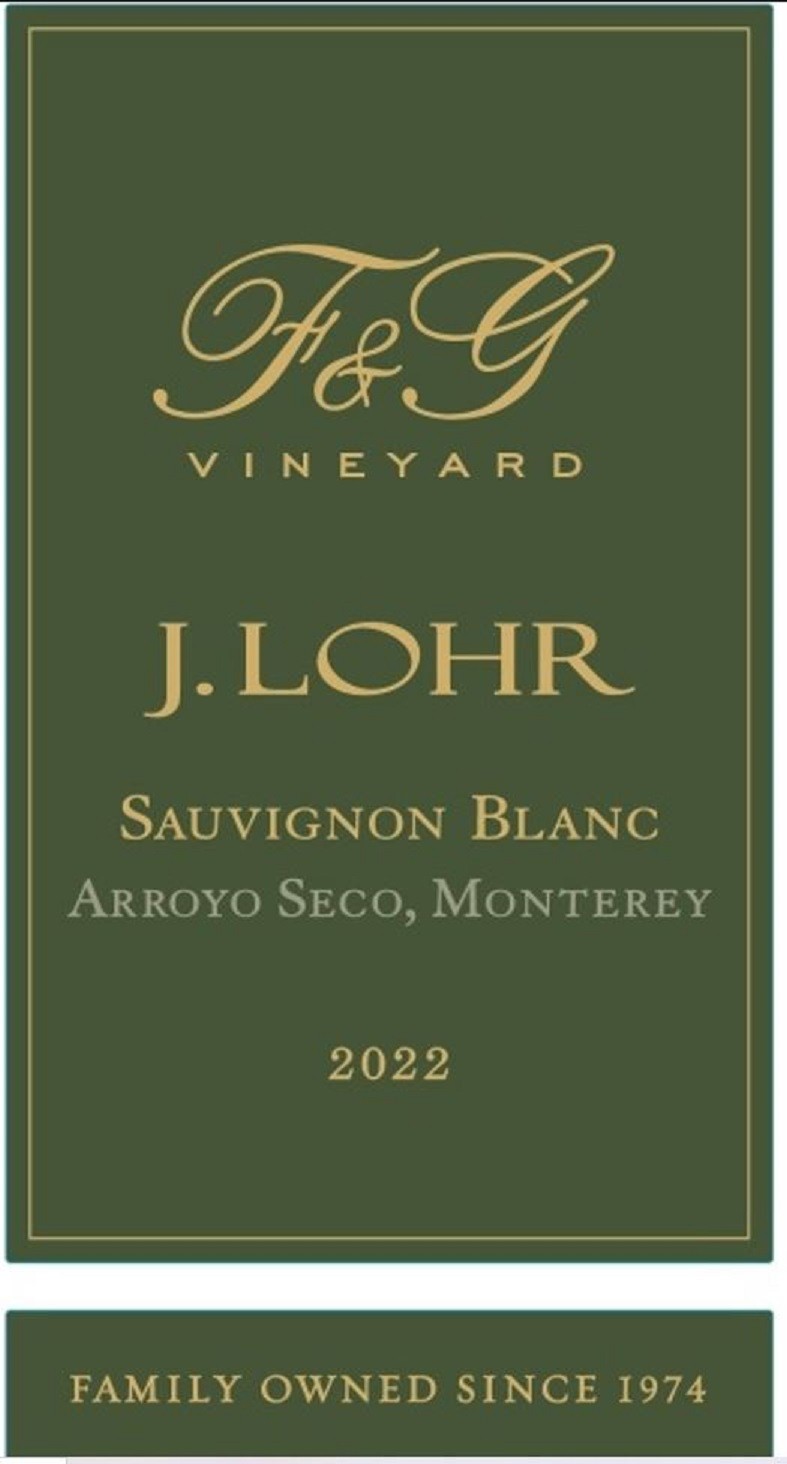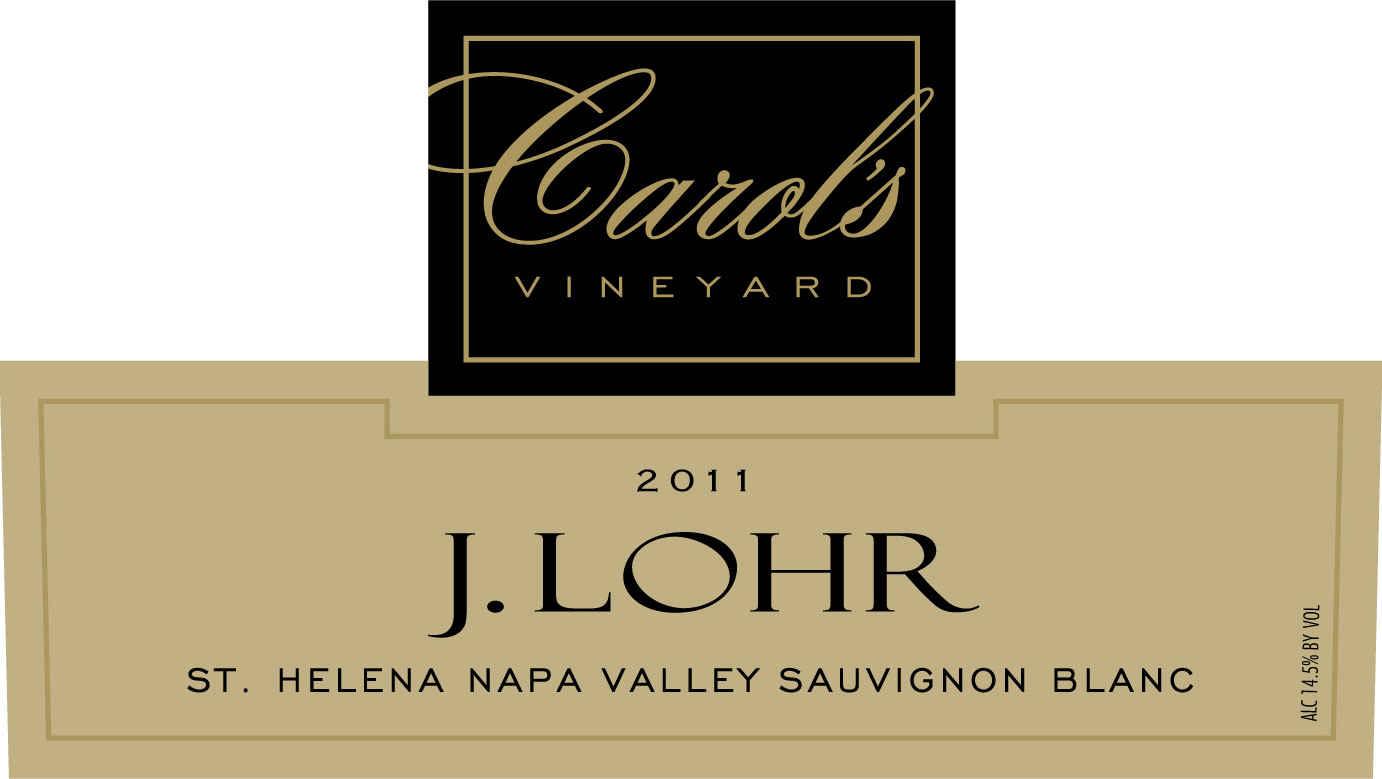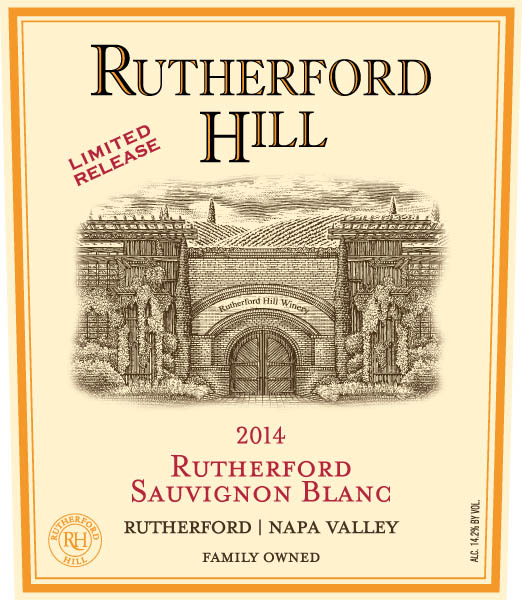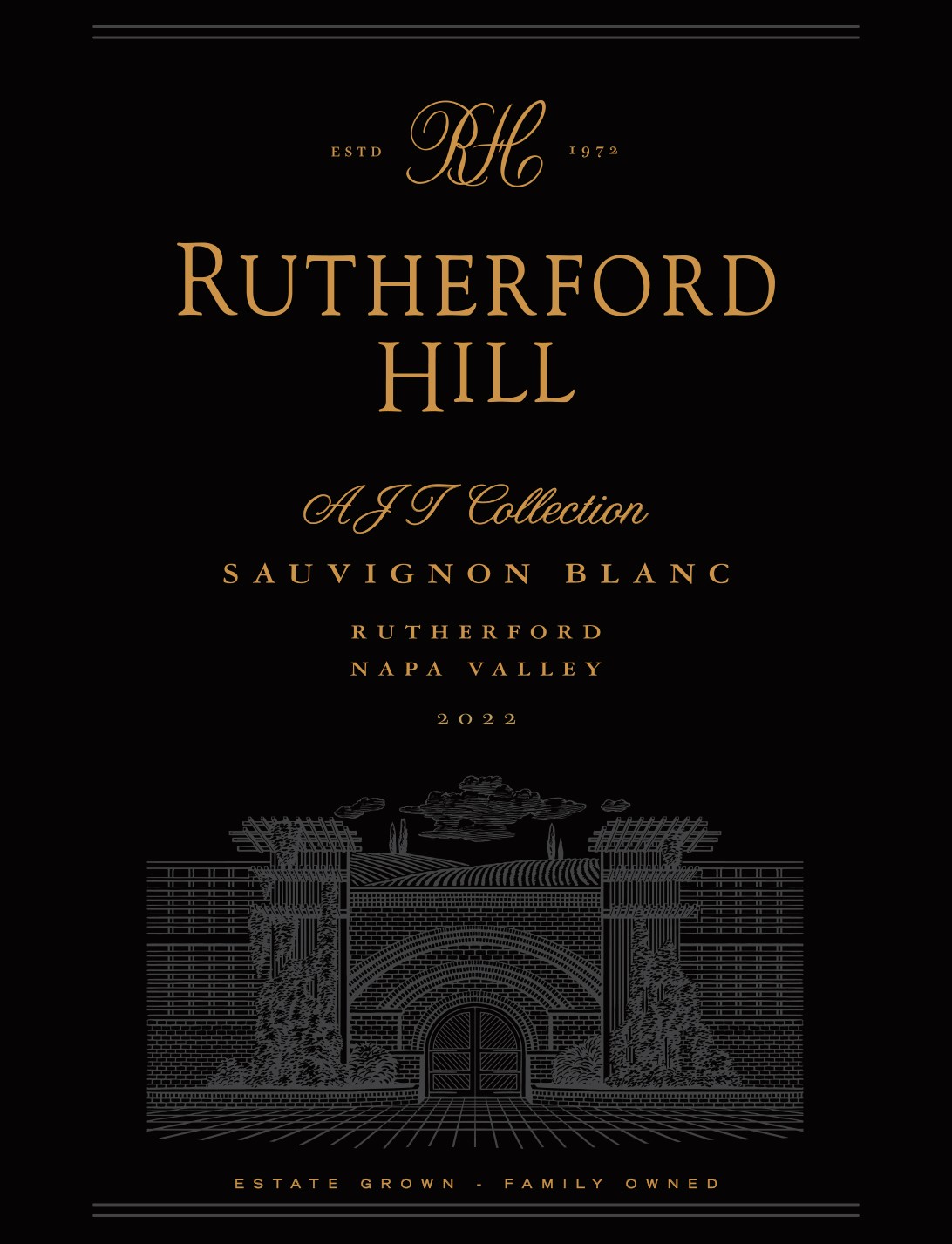Origins and Global Presence of Grüner Veltliner and Sauvignon Blanc
Grüner Veltliner: Austria’s Signature White
Grüner Veltliner is deeply rooted in Austrian wine culture, with its origins traced to the rolling hills of Niederösterreich. This grape emerged from a natural crossing between Traminer and the rare St. Georgener-Rebe, a wild vine found only in Austria’s Burgenland. Though often confused with other varieties in the past, Grüner Veltliner stands apart as a unique and distinctly Austrian grape. Its name, which became common in the 19th century, has no connection to Italy’s Valtellina region despite earlier theories.
Today, Grüner Veltliner is Austria’s most widely grown white grape, shaping the identity of regions like Wachau, Kamptal, and Weinviertel. Its influence extends into Central Europe, with significant plantings in the Czech Republic, Slovakia, and Hungary, where it adapts to different soils and climates. In recent years, winemakers in the USA, Australia, New Zealand, and Canada have embraced Grüner Veltliner, exploring its potential in cool-climate vineyards and adding new layers to its global story.
Sauvignon Blanc: The World Traveler
Sauvignon Blanc’s roots lie in France, especially the Loire Valley and Bordeaux, where it was first recognized for its lively character and bright aromatics. The grape’s name hints at its wild beginnings and pale color, and it shares ancestry with the ancient Savagnin variety. Over time, Sauvignon Blanc played a key role in the creation of Cabernet Sauvignon, further cementing its importance in wine history.
As Sauvignon Blanc spread beyond France, it found new homes in vineyards across the globe. Its journey took it to California in the late 19th century and to New Zealand in the 1970s, where it became famous for crisp, tropical styles. Today, Sauvignon Blanc thrives in regions as varied as Chile, South Africa, Australia, and Canada, as well as across the United States. Whether made into refreshing dry wines or luscious sweet blends, it remains one of the most versatile and widely enjoyed white grapes in the world.







